Das Kunstblatt was a German art magazine published between 1917 and 1933[1] by Paul Westheim in Weimar Germany.
https://www.moma.org/s/ge/collection_ge/objbyppib/objbyppib_ppib-25_sov_page-8.html
Various Artists
The Periodical
Das Kunstblatt
- Date:
- 1917-1932
- Medium:
- Twenty-four issues of periodical (bound in two volumes) with seven lithographs, eleven woodcuts, and one linoleum cut, and twenty lithographs, seven drypoints, eighteen woodcuts, three etchings, and one linoleum cut.
- Publisher:
- Various Publishers
- Printer of Plates:
- unknown
- Printer of Text:
- A. Wohlfeld, Magdeburg
- Reference:
- Söhn 316-334. Jentsch 33.
- MoMA Number:
- Periodical_Das_Kunstblatt
About the periodical
Heather Hess, German Expressionist Digital Archive Project, German Expressionism: Works from the Collection. 2011.
Published monthly for sixteen years, Das Kunstblatt promoted the work of living artists and the spirit of the "new art" in all its forms, eventually covering art, theater, film, literature, and architecture. The title is an antiquated word for print that, more generally, translates as "art paper." Das Kunstblatt reflected the discerning taste of its founder and editor, Paul Westheim. In an opening salvo, Westheim explained that the true artist went beyond creating pretty, lifelike surfaces to probe "the depths of being." He named Edvard Munch, Emil Nolde, Ernst Barlach, Wilhelm Lehmbruck, Oskar Kokoschka, Erich Heckel, and Ernst Ludwig Kirchner as exemplars of this modern ideal. Later, Das Kunstblatt provided equally impassioned support of sharply critical artists such as Otto Dix, George Grosz, and other practitioners of Neue Sachlichkeit. Leading novelists, playwrights, curators, and critics also contributed to the journal, including Bertolt Brecht, Theodor Däubler, Alfred Döblin, Carl Einstein, Gustav Hartlaub, and Franz Roh.
From the beginning, Das Kunstblatt was international in scope, featuring works that satisfied Westheim's definitions of modern art no matter the source. Most issues included an original print (two in the deluxe edition). The publication also brought together art historical essays on African, Indian, and Asian art—a cosmopolitan style that provoked condemnation by the Nazis. The last issue appeared in March 1933, and that summer Westheim fled Germany.
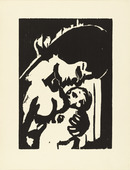
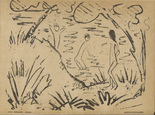
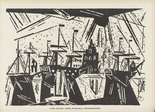
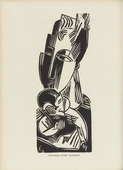
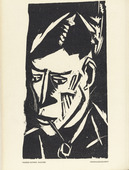
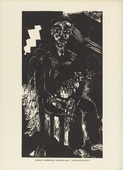
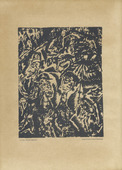
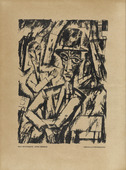
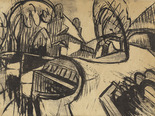
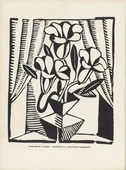
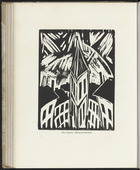
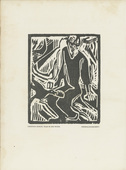
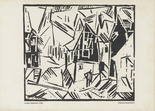
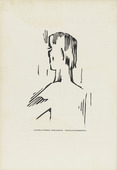
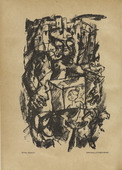
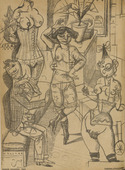
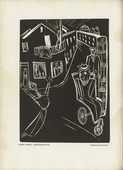
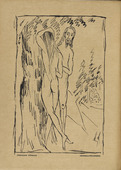
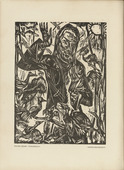
沒有留言:
張貼留言